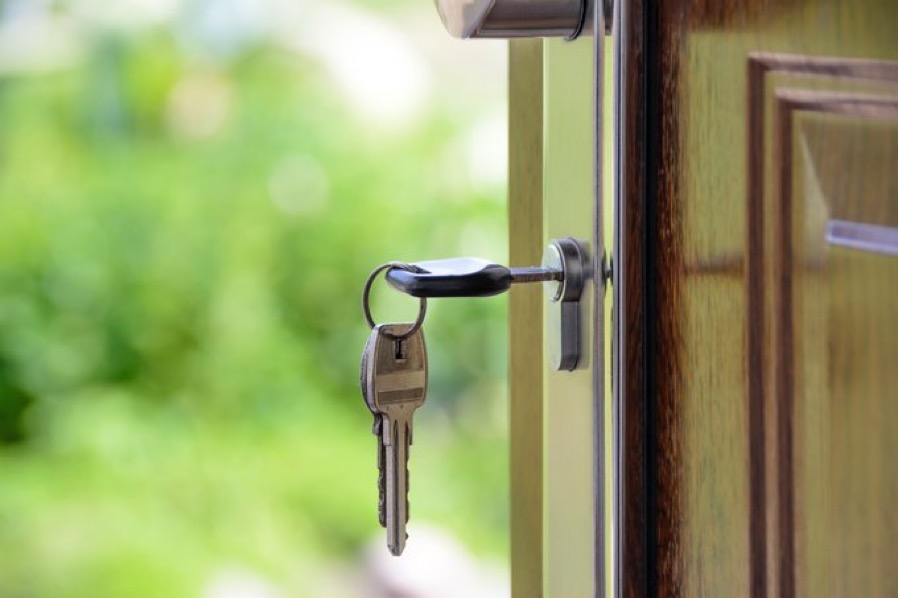Premier League transfer spend = 2,378 property purchases

Premier League transfer window spend enough to fund 2,378 property purchases
The latest research by Alliance Fund, the end to end real estate fund, has revealed that Chelsea splashed enough cash during January’s transfer window to purchase 395 homes in their home borough of Hammersmith and Fulham.
Alliance Fund analysed the spend of each Premier League team during January’s transfer window and found that the overall £736.9m spent is enough to purchase 2,378 homes at the current average house price of £309,902 across England and Wales.
Chelsea not only tops the table with a serious spend of £291.2m, but the money spent by the club this January is enough to purchase 395 homes in Hammersmith and Fulham, by far the most in the league and despite the Blues having the highest average house price at £737,402.
The £291.2m spent by Chelsea also equates to 2.4% of the annual GDP of Hammersmith and Fulham.
Newcastle’s spend of £43.6m is enough to purchase 226 homes within Newcastle upon Tyne where the average house price is currently £192,611.
With respective January transfer spends of £55.9m and £37.1m, both Southampton (222) and Liverpool (201) could purchase over 200 homes within their local areas with the cash splashed on players this transfer window.
Bournemouth (138), Leicester City (116) and Aston Villa (112) could purchase over 100 homes in their local areas based on their January transfer spend.
Arsenal completes the top 10 having spent the third highest sum at £53.3m. However, with the average home costing £713,205 in Islington, it’s enough to pick up just 75 properties in today’s market.
CEO of Alliance Fund, Iain Crawford, commented:
“Every year we see the sums spent on securing the best talent in the football world climb to dizzying new heights and while the January window is generally more muted in terms of activity, that doesn’t mean the spend made by Premier League clubs isn’t still substantial.
It’s probably fair to say we’ve become a little bit desensitised to it in recent years but what better context to highlight the enormity of the money spent than comparing it to the cost of homeownership in one of the most sought after property markets in the world.
To think that you could buy almost 400 homes in the prime London borough of Hammersmith and Fulham for the money spent by Chelsea this January alone is quite staggering, especially when homeowners across the land are saving every penny they can spare just to afford a home of their own.”






